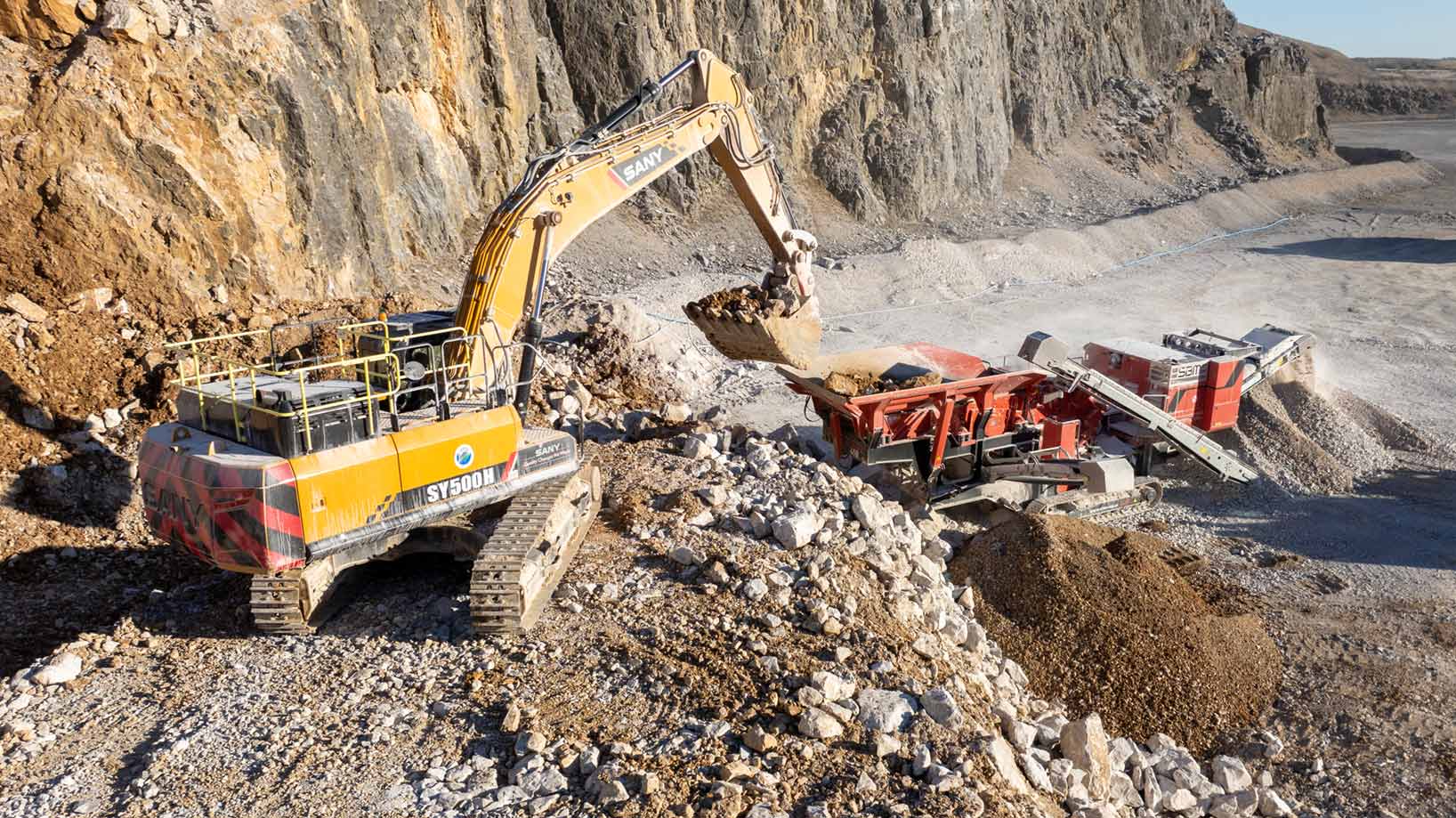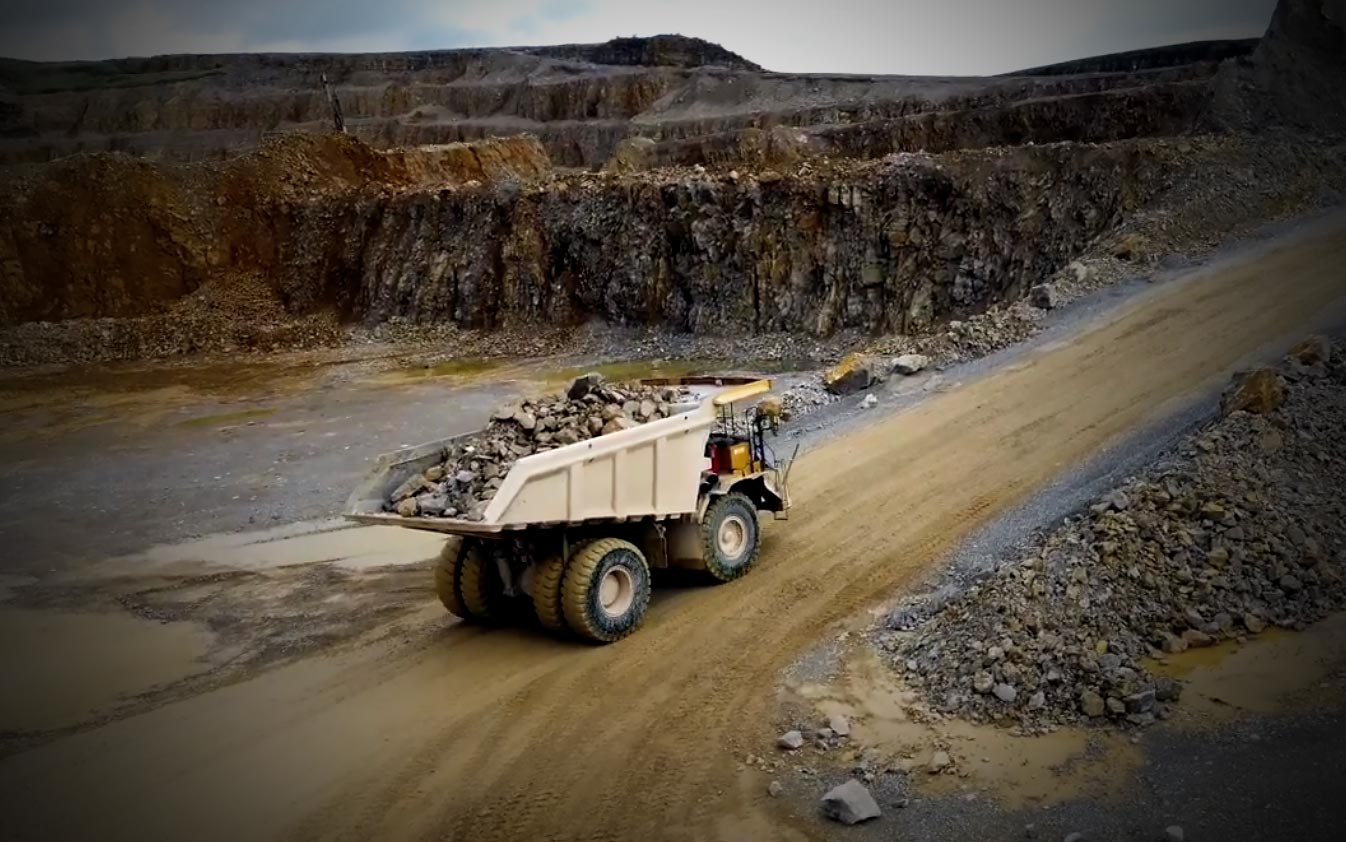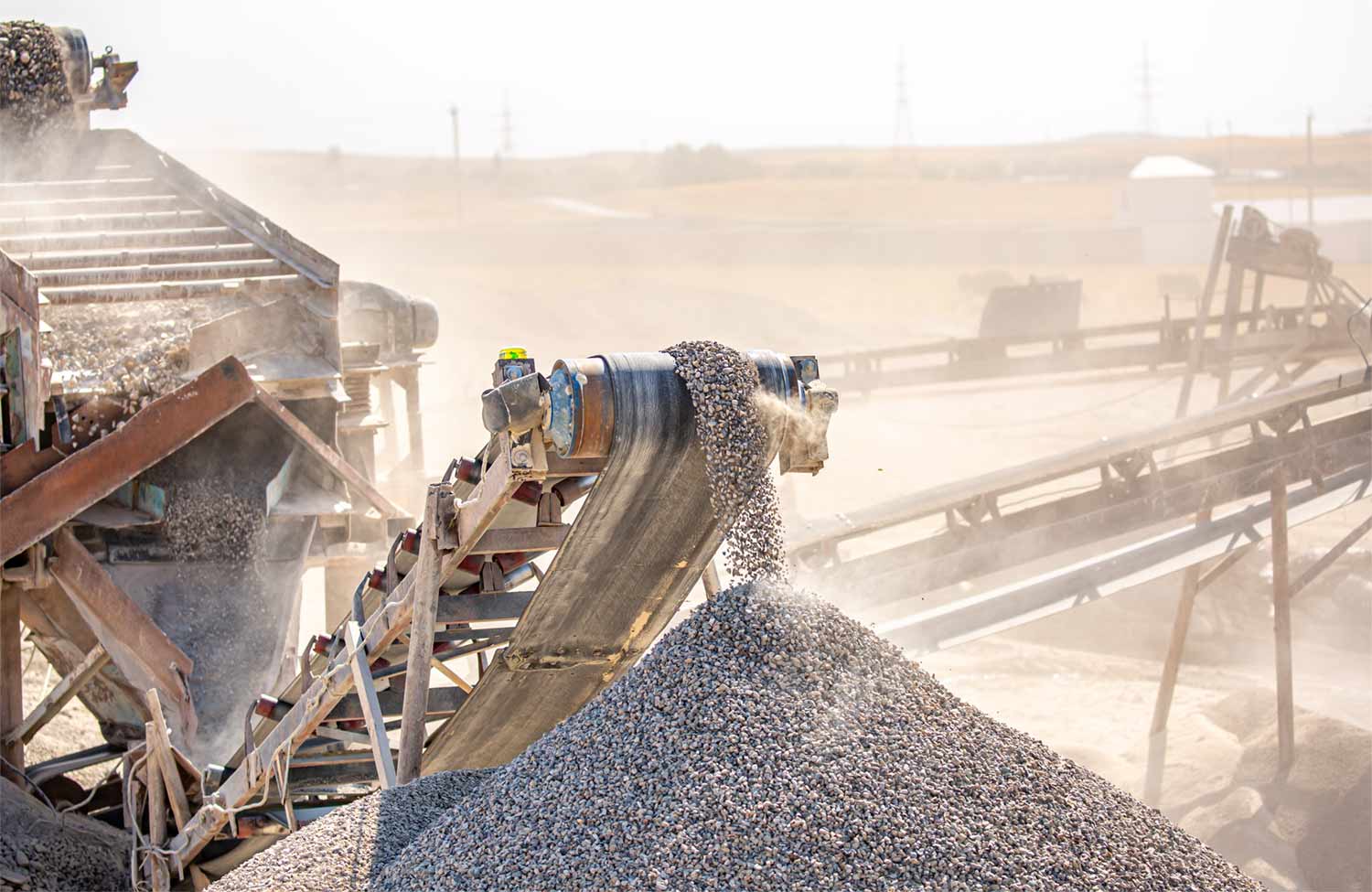Join us at AGG1, St Louis, MO - America's Center Convention Complex: 25-27 March
Managing costs effectively is crucial in the construction materials industry, where tight profit margins are the norm. Whether you’re overseeing asphalt production, concrete plants, quarries, or other construction material operations, reducing on-site costs can make a significant difference.
In this article, we’ll cover 10 actionable tips to help you achieve your cost-reduction targets.
These include:
The importance of cost reduction in our industry
In the construction materials industry, profit margins are often tight, making cost reductions essential to achieving business goals. While higher-end materials may offer some value, it’s typically the quantities produced that drive profitability. Extracting the most value from your resources is therefore critical. Implementing one or more of the suggestions below is a good start.
Tip 1: Review current operating costs
Start by splitting your operating costs into fixed and variable categories. Once you have a clear picture, focus on eliminating or reducing unnecessary expenses. This might involve shopping around for cheaper parts, negotiating better supplier terms, or eliminating non-essential spending. Implementing cost-saving systems may require an initial investment, but the long-term savings often justify it. Fixed costs include items such as plant rent, insurance, and labor, while variable costs can cover royalties on materials, parts, consumables, and utilities.
Tip 2: Decide the best actions going forward
Managing variable costs prudently and overseeing long-term contracts for fixed costs can significantly impact your bottom line. Procurement teams can help by regularly shopping around and negotiating better deals. Even small savings per unit can add up and become substantial amounts over time, especially when dealing with large quantities. Fuel is a good example where the cost may vary (in pennies or cents), but the vast volumes purchased make a significant difference. Implement a weekly or monthly review of these variable costs
Tip 3: Reduce operating costs with digitization
Digitizing frontline operations can greatly reduce costs. For example, gamification and best practices in fleet operations, training through apps, and standard operating procedures (SOPs) can improve user efficiency. Even without advanced telematics, collecting data on user and machine performance allows you to spot trends and optimize operations. Monitoring metrics such as idle time and fuel usage can lead to significant savings.
Tip 4: Streamline maintenance workflows
Streamlining maintenance processes with the help of digital tools can reduce downtime and extend the lifespan of your equipment. For example, a centralized system gives affected parties immediate visibility who can redirect or approve critical maintenance actions immediately. Digitized checklists also standardize workflows contributing to correct actions taken. Building a smooth operation with maintenance schedules, tracking repairs, and ensuring that equipment is operating at peak efficiency will contribute to keeping costs down.
Tip 5: Implement preventive and condition-based maintenance measures
Preventive maintenance is key to avoiding costly breakdowns and unplanned downtime. For example, in industries like asphalt production, adhering to national grid allowance times (and performing preventive maintenance to complete critical tasks within these times) can help avoid penalty charges and save significant sums. Similarly, condition-based or predictive maintenance involves monitoring equipment in real time and performing maintenance based on actual conditions rather than predetermined schedules. With the use of sensors and leveraging real-time data from the field, it can help predict equipment failures before they occur. This approach can prevent unnecessary repairs and reduce the risk of unexpected failures. Building robust OEM solutions will contribute to increasing profitability.
Tip 6: Integrate your systems
If you are running operations on a larger scale, with multiple sites, then your systems need to be speaking to each other, data should run seamlessly between operating systems. Integrating CheckProof with your current ERP system will help you spot trends and make decisions based on up-to-date and real-time data.
Tip 7: Schedule follow-ups
Regular follow-ups (monthly or weekly) are crucial for ensuring that cost-saving measures remain effective over time. By scheduling consistent check-ins with suppliers, contractors, and internal teams, you can address any emerging issues before they escalate into costly problems. These follow-ups also allow you to assess the ongoing efficiency of your operations, ensuring that negotiated terms, delivery schedules, and project timelines are being met as planned. Also, they provide an opportunity to re-evaluate supplier relationships and adjust strategies to adapt to market changes, helping maintain cost efficiency across the board.
Tip 8: Effective downtime reporting
Accurate downtime reporting where defects are reported can help track how long operations were down for and how many hours it took to fix the problem. CheckProof’s inspection and certification unit, can log necessary tasks and track downtime, ensuring that repairs are completed promptly and efficiently. It also allows you to spot troubling trends and can help reduce the overall impact on your operations.
Tip 9: Improving inspection practices
Regular inspections and accurate logging are crucial for maintaining equipment and minimizing costs. By scheduling routine inspections and using checklists, RFID (which ensures the control points have been scanned), and photo documentation, you can ensure that issues are identified and addressed before they escalate into major problems.
Tip 10: Embrace Continuous Improvement Practices
Continuous improvement should be a cornerstone of your cost reduction strategy. Techniques like the “5 Whys” when reporting defects and deviations can help you get to the root cause of issues, enabling you to implement long-lasting solutions. By consistently seeking ways to improve, you can drive operational efficiency and reduce costs over time.
Whether you’re focused on reducing costs through digitization, preventive maintenance, or continuous improvement, our tools can help you achieve your goals. From customizable checklists to real-time data access, CheckProof can help optimize your operations and enhance profitability.
Want to know what CheckProof can do for you?
CheckProof's easy-to-use app makes it easier to do the right thing at the right time. Discover how you can run world-class maintenance that is both cost-effective and sustainable.

Maximize Efficiency with an OEE Monitoring System

Plant Asset Management Software:Maximizing Equipment Uptime

Machine Downtime Tracking: The key to smarter, more efficient operations

CMMS Software: What it is and why it’s key to First-Class Maintenance Operations

Revolutionizing Compliance: Banner Contracts on managing ISO audits with CheckProof

Implementation of Digital Systems: Rolling Out CheckProof Across Teams

From Fuel Savings to Production Gains: Cemex Germany’s Wins with CheckProof

A Recap of the CheckProof Industry Event & 10th Anniversary Celebration

Trend Report: Key moments in the Construction Materials industry (2014–2024)




